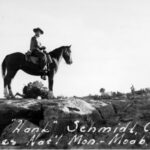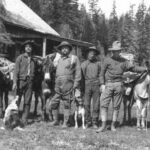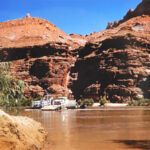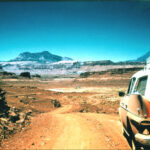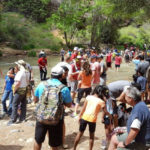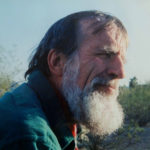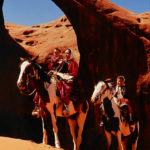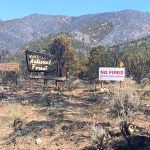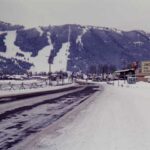
My buddy Tynes and I set out for Jackson, Wyoming on the 27th of December in an MGB convertible. We were 19. We battled snow and wind across the Great Plains and into Wyoming on I-80. When we exited at Rock Springs, conditions got worse. The road was snow packed for 180 miles. Near Bondurant, we struggled to put chains on the car but our hands froze after just a few moments outside the car. The MG itself provided very little respite–outside it was -37 F; INSIDE our little sports car, my thermometer read -5 F. Downright toasty if you measured things relatively. There was a small store there and though the lights were off, we knocked anyway, hoping to get a cup of coffee. A woman finally came to the door and opened it a crack. “We’re closed! Can’t you see that? Why are you out in this weather?”
“We’re trying to get to Jackson,” I replied through the blowing snow.
She looked at us like we were insane. “Do you know how cold it is? It’s 37 degrees BELOW ZERO!!!”

